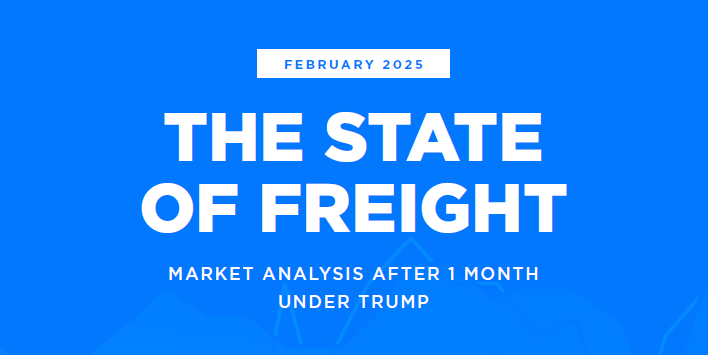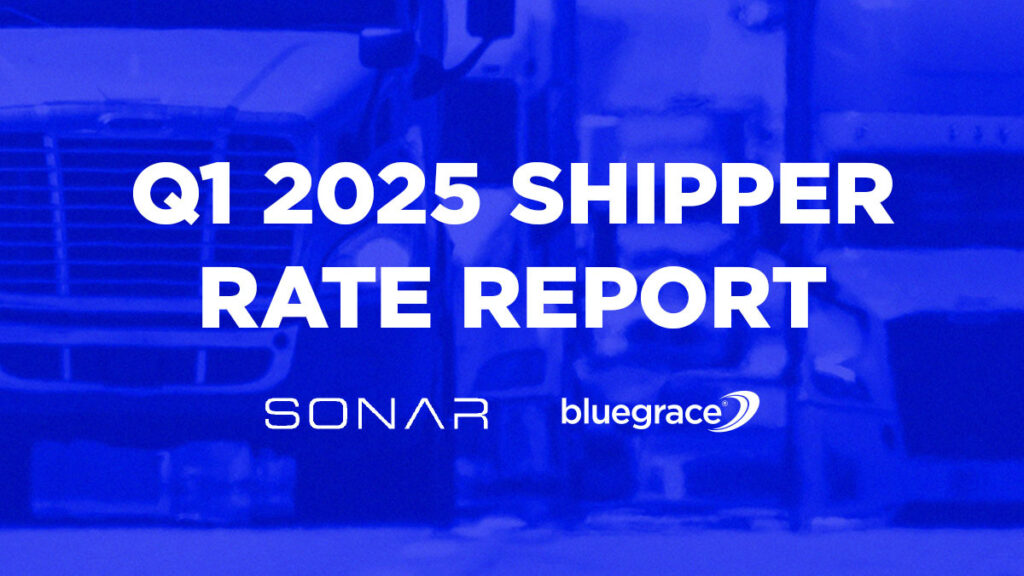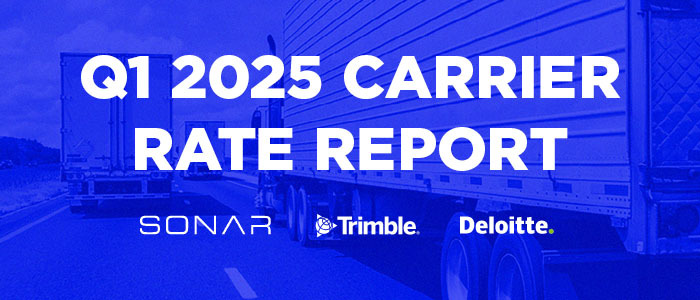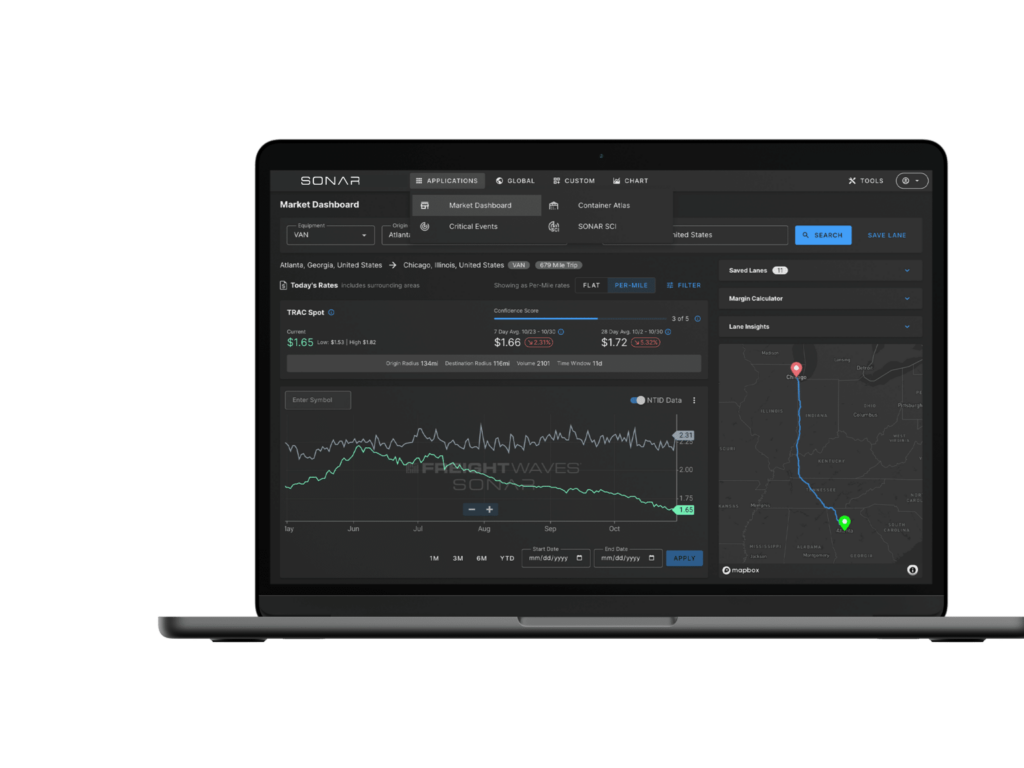Expect intermodal pricing to be mixed across lanes.
Carriers look to improve network balance in absence of a tight market
Last fall at our Future of Freight Festival, SONAR rolled out domestic intermodal contract rates by lane to supplement our nationwide intermodal pricing indexes (see detail here). Based on recent comments from domestic intermodal carriers, that lane-level detail will be even more important than usual this year.
In a recent article, I argued that this could be another year of stagnant intermodal pricing. Intermodal volume has grown nicely in recent months, supported by record import volume, particularly at the U.S. West Coast ports. Amid strong demand, domestic intermodal carriers have been able to accommodate shippers due to the tremendous number of containers they have taken delivery of the past few years and solid underlying rail service.
But, carriers’ volume in the past year got to be a little bit too reliant on imports, particularly after a pickup in transloading. As a result, carriers posted disappointing margins, not only due to a lack of overall pricing power, but also due to a lack of balance in their networks which gave rise to extra repositioning costs.

Reflecting a lack of balance in the intermodal networks, the volume of empty domestic containers sent back to the LA region has grown sharply in recent months. (Chart: SONAR)
It’s become clear that the domestic intermodal carriers will be using pricing in the current round of contract negotiations, which largely takes place in the first half of the year, as a way to improve balance in their networks. Expect to see carriers raise rates in headhaul lanes while keeping rates flat, or even cutting rates, in backhaul lanes or lanes where they are looking for incremental volume to balance the network.
While it’s still early in the year, that trend already seems to be reflected in the SONAR data. In addition to intermodal contract rates by lane, as alluded to above, SONAR also includes two indexes of intermodal contract rates, one for LA-outbound transcontinental lanes (IMCRPM.TRANSCON) and another for dense lanes in the eastern US (IMCRPM.LOCALEAST).

The one-year change in the Transcon Index and the Local East Index are shown in red and white, respectively. (Chart: SONAR)
The SONAR chart above shows the Transcon Index in red, which represents an average of five LA long-haul outbound lanes, up 1.5% year-over-year. The lanes that comprise that index, such as LA to Chicago and LA to Dallas, are where carriers have pricing leverage. In contrast, the lanes that comprise the Local East Index are more highly competitive with truckload, which is an issue in the current truckload market, which remains loose. On average, the nine included lanes are down 6%, year-over-year. In addition to truckload-competitive lanes, which are typically shorter-haul in nature, intermodal pricing is likely to remain weak in deep backhaul lanes where carriers will have to reposition containers empty in the absence of volume. Atlanta to LA (shown below) is one example where the rate is only slightly above $1/mile, including fuel.

Rates in the Atlanta to LA lane will likely remain depressed given its deeply backhaul nature. Rates above include fuel. (Chart: SONAR)
For a demonstration of the SONAR intermodal volume and pricing data, and for how the data compares to truckload and ocean data, request a demo here.







